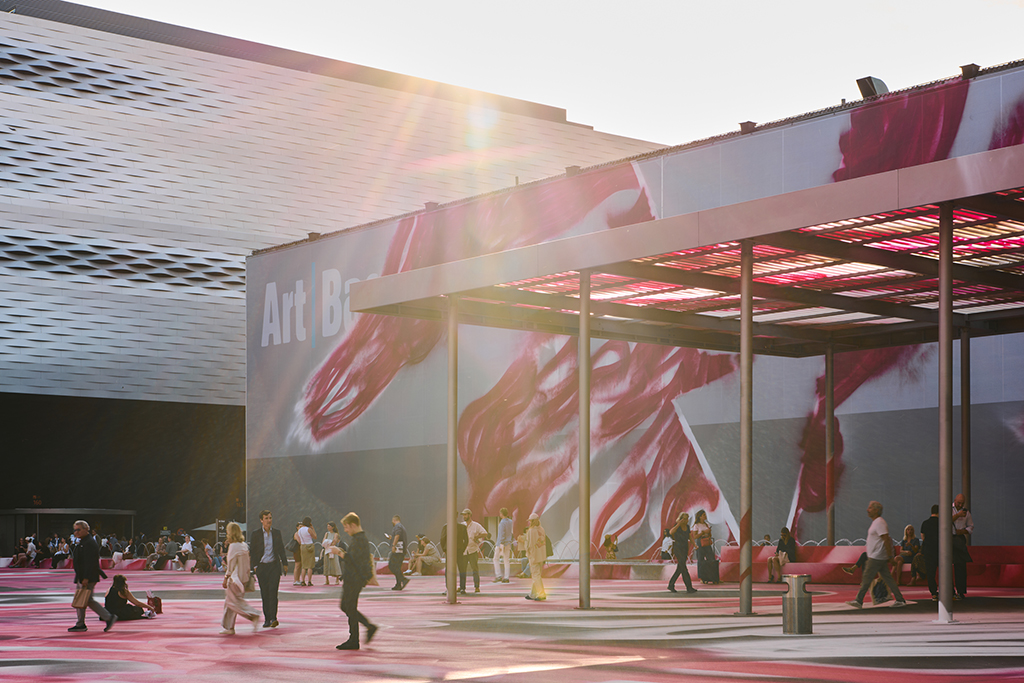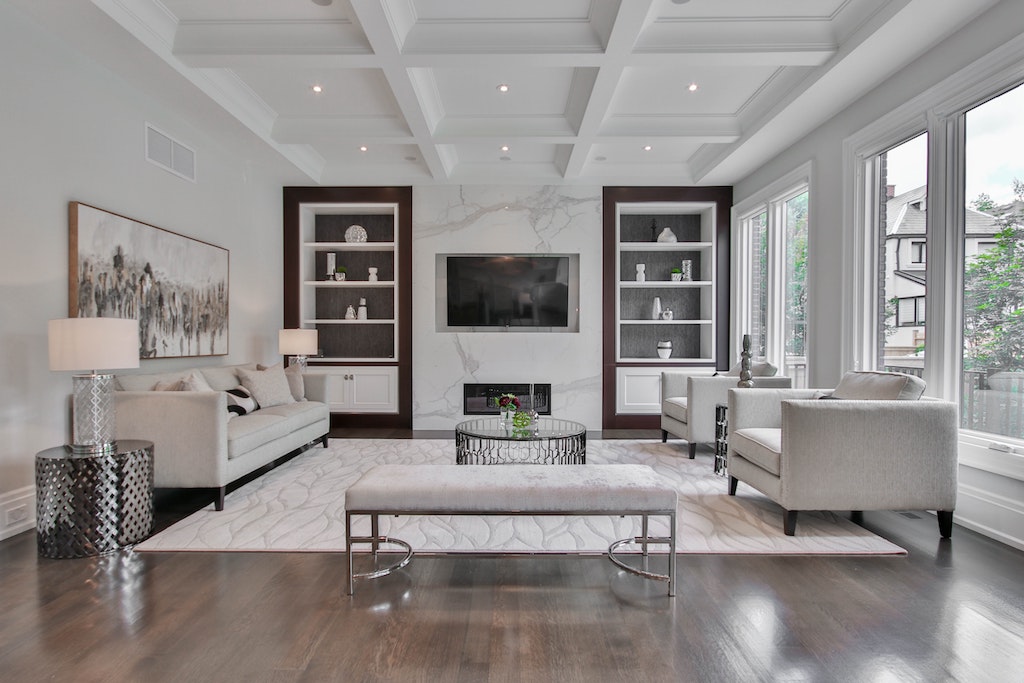

The quality of life in the home depends above all on the level of comfort that is offered to those who live in the home every day. The furnishings, lighting and overall aesthetics represent the ABCs of well-being in the various rooms. In some of them we spend most of our days, for example in the living room or the bedroom. This is why a surplus of attention will be needed in the design phase, so that the harmony of the elements is always total, even resorting to solutions such as inspection hatches: let’s see how.
A window that is always accessible for repairs and maintenance
We are surrounded by technology and supported by great little accessories that can make our days more pleasant or less stressful. In our rooms there are plumbing, electrical systems and air conditioning systems that are also very bulky that would be impossible to keep all “visible”. How to intervene? The most popular and design solution is to use special inspection hatches, which often have a decisive function in the construction of plasterboard false ceilings.
With just a few gestures, they allow you to inspect the cavities that conceal large hi-tech and mechanical structures, otherwise impossible to reach. As far as their dimensions are concerned, inspection hatches must always allow the easy passage of a technician called upon to maintain or repair electronic and mechanical equipment or in any case of a person to check that everything is in its place. It also happens that it is necessary to intervene by resorting to custom-made plasterboard hatches, whenever the solutions ready for delivery are inadequate with respect to the type of compartment to be closed.
Invisible doors that give harmony to the rooms of the house
Plasterboard trapdoors are the ideal solution to give harmony and homogeneity to the rooms of the house, literally making bulky objects and accessories vanish and making them almost invisible. The doors can be opened or removed, allowing quick access to the ‘off limits’ area in case of need or emergency. There are no limits to the design: as mentioned, in the event that it is necessary to proceed with the creation of customized plasterboard hatches, it will be possible to obtain – at reasonable prices and in a short time – innovative solutions that are always in line with the style of the furniture. In short, there is no disharmony or geometric disparity: it will be enough to act on the frame, making ad hoc measures at the time of production.
How to install a plasterboard hatch with push/pull system
Finally, as regards the installation of a plasterboard inspection hatch (this is the most common material), equipped with an aluminum frame and push/pull opening system, first of all the shape of the trapdoor itself must be drawn with the help of a pencil , at the point where it will be inserted. It will be the aluminum frame that will indicate the lines to follow: the cutting of the plasterboard can be completed with the help of a cutter. Once the affected part has been removed, the trapdoor can be passed through which will then be fixed thanks to special screws. All that remains is to anchor the plasterboard door and complete the grouting of the screws.
TID nasce con un grande obiettivo: creare un network in grado di far circolare le idee più giovani e creative nell’attuale panorama del design rendendo così più efficace e semplice l’incontro tra domanda e offerta. Giovani designer e architetti possono caricare online i propri lavori, a fianco di quelli dei professionisti già affermati, creando una proposta unica nel panorama mondiale: un’infinità di idee, spunti, proposte che ti aiuteranno ad arredare casa, ufficio, locali, seguendo le idee più attuali e interessanti.